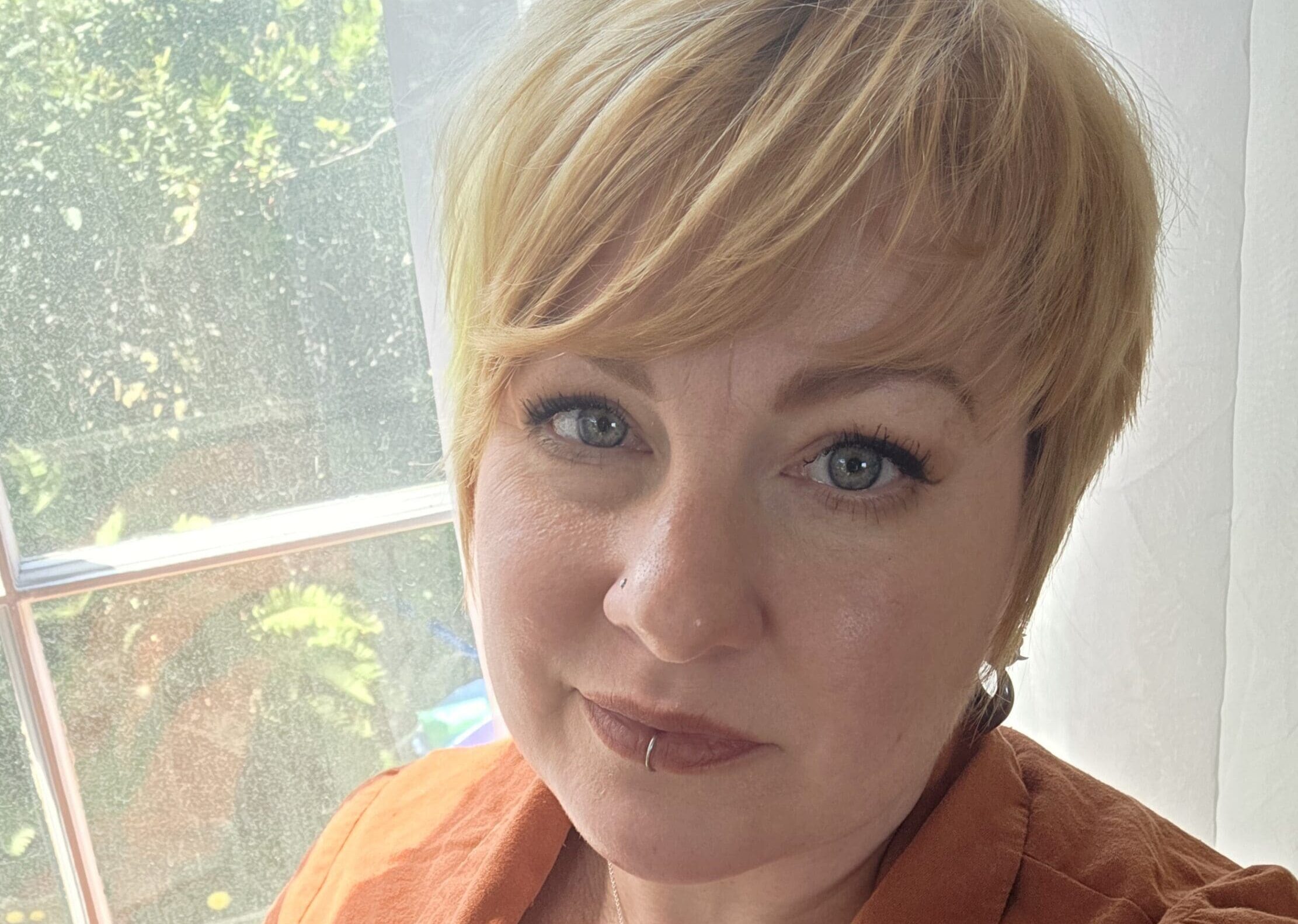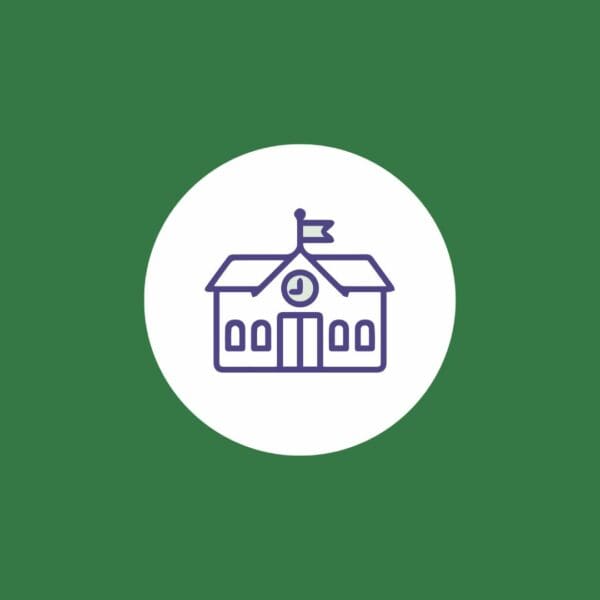On the Oregon Coast, postcard views of rocky shorelines and quiet beach towns often mask a different reality: isolation, trauma, and drug use. For Jesse Noble, Regional Prevention Drug Overdose Coordinator for Linn, Benton and Lincoln Counties, this is where harm reduction begins — meeting people wherever they are, whether that’s in a remote hillside campsite or at the door of a mobile outreach van.
“This is where tourists come to relax,” Noble said, “but we have populations who are of varied ages and lifestyles seeking stigma-free supports they have been unable to identify in mainstream services.”
People seeking harm reduction services in Lincoln County are diverse. Some are young and unhoused. Others are grandparents living with opioid addiction. All of our clients are at differing stages in their readiness to make safer choices in use” Noble says — but they’re all seeking the same thing: safety in seeking supports.
The root causes of drug use are complex — and research shows that pushing abstinence alone isn’t effective for many people who use drugs. Harm reduction, Noble said, acknowledges that complexity and meets people where they are.
“We’re not saying, ‘This is really harmful and you need to stop,’” she said. “What we are saying is, ‘We can help you find safer mechanisms and we will walk with you on this path until you feel ready to walk it on your own.’”
Rather than demanding abstinence, harm reduction focuses on reducing risk and helping people build self-reliance. That approach, Noble said, is what builds trust and keeps people engaged.
“We have harm reduction clients who come to us for syringe exchange and then over time transition to smoking or only using cannabis,” Noble said. “Those small steps are huge victories. They’re reducing their risk bit by bit. It is rewarding seeing a person start to become more self-reliant and less reliant on substances to feel whole or well, that is huge.”
One client’s story illustrates this. She first connected with Lincoln County’s harm reduction team at a remote campsite in the woods, where she came for personal supplies and food for her dog. Later, she began using safe-use supplies and testing kits. A breakthrough came when harm reduction workers helped her get her dog certified as a support animal.
“She was concerned about losing her pet when going into treatment,” Noble said. “When you come out of a massive life change, you want your support animal with you. When we got her pet certified, we finally cemented that trust and eliminated a massive barrier to care.”
That trust paid off. Today, she’s in treatment, supported by the same team that met her on that remote hillside.
Harm reduction is not about condoning or enabling drug use — it’s about keeping people alive, safe, and connected until they are ready for what’s next. In Lincoln County, that means boots on the ground, meeting people where they are, and walking with them — step by step — until they’re ready to walk on their own.



